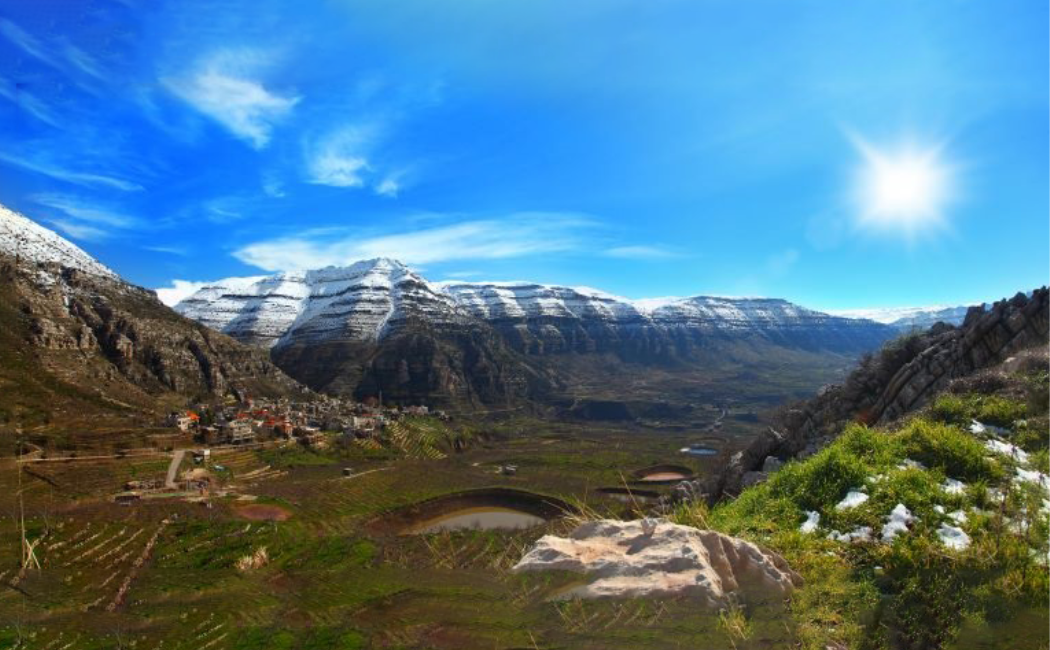

LATEST
NEWS

16 January, 2023
The most detailed model of part of the active plate boundary between Sinai and Arabia has been developed by KAUST researchers. The numerical model accurately represents the structure of the Lebanon Restraining Bend and proposes its tectonic evolution from the Late Jurassic to the present day.
The Lebanon Restraining Bend comprises the Mount Lebanon and Anti-Lebanon ranges. The area forms a central part of the Dead Sea Transform (DST).
“The DST is an active ‘strike-slip’ plate boundary similar to the San Andreas Fault, where tectonic plates are sliding past each other,” says Jakub Fedorik, who worked on the project under the supervision of Abdulkader Afifi. “This results in complex geological features and seismic activity.”
While Fedorik was studying faults in the DST for another project, he discovered that many of the faults he identified were not mentioned in previous publications.
“I realized that a refined interpretation of the region’s fault systems could have a real impact on the current knowledge of strike-slip faults,” says Fedorik. “The Lebanon Restraining Bend is one of the best examples of this type of structure in the world, and a new model could provide insights for other strike-slip fault structures.”
Read more at KAUST Discovery.